A flower garden is not only a feast for the eyes but also a functional and dynamic part of your outdoor space. By combining visual appeal with practical elements, you can create a garden that not only delights the senses but also serves a purpose in your landscape. In this guide, we’ll explore how to design a flower garden that seamlessly blends beauty and functionality, providing you with a vibrant and versatile outdoor retreat.
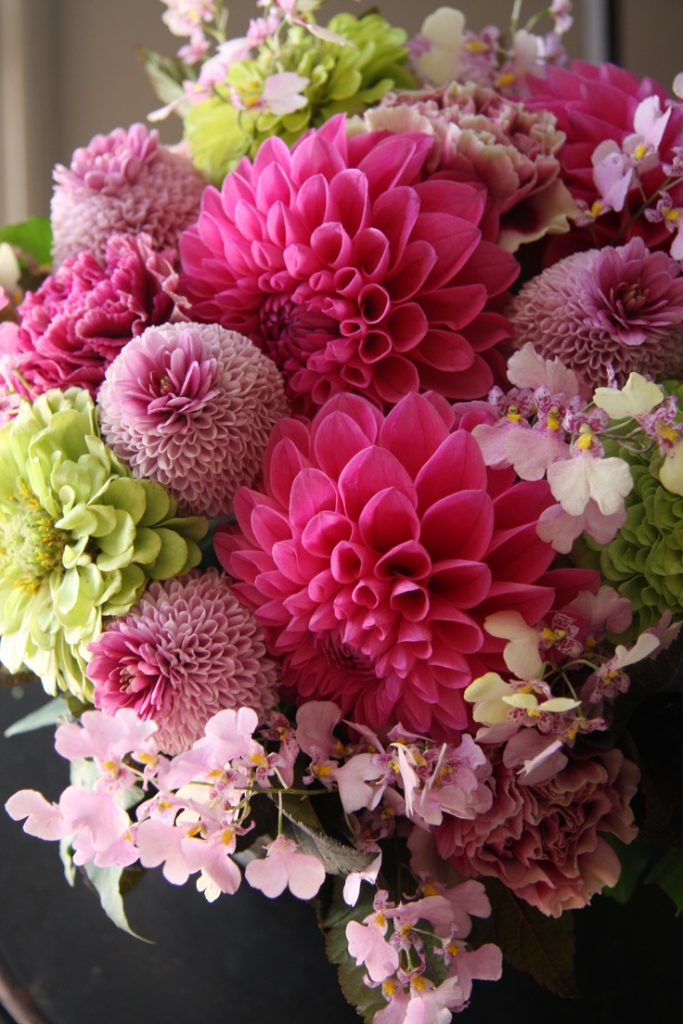
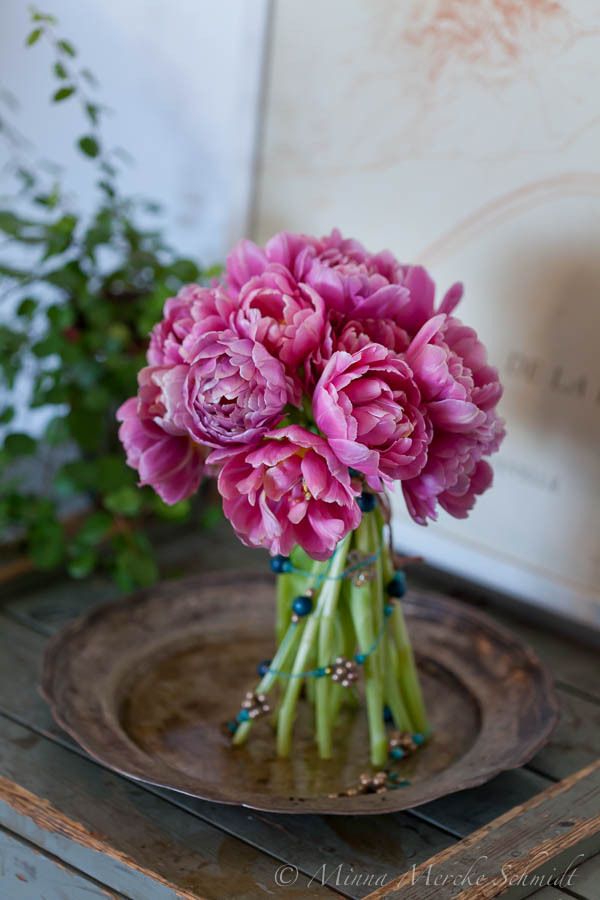
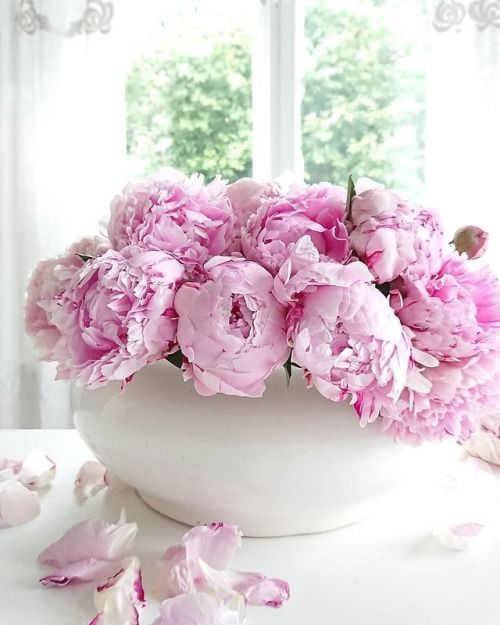
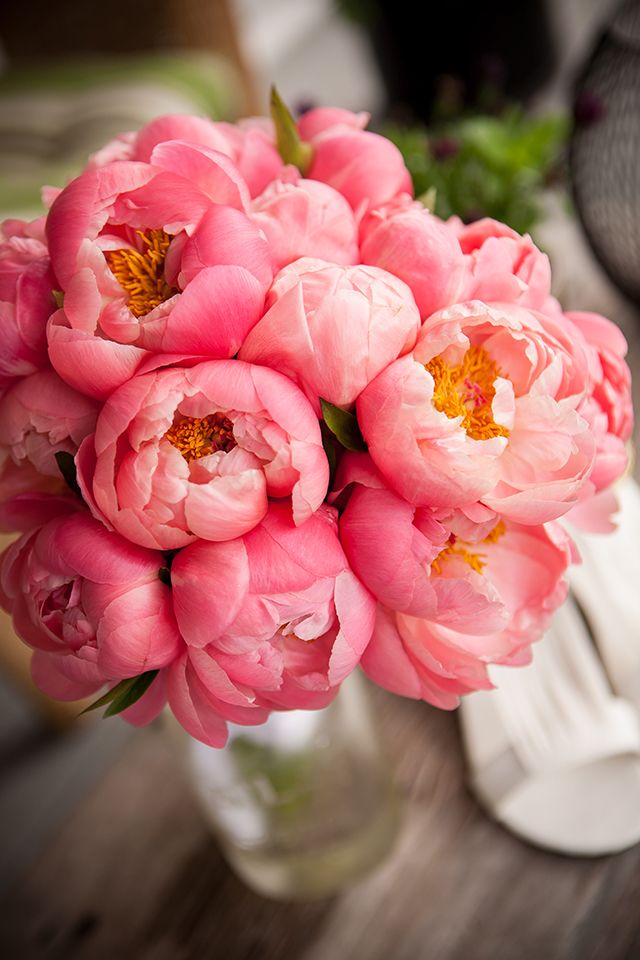
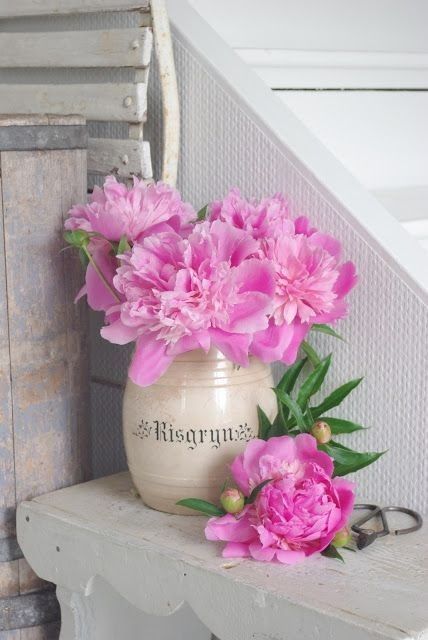
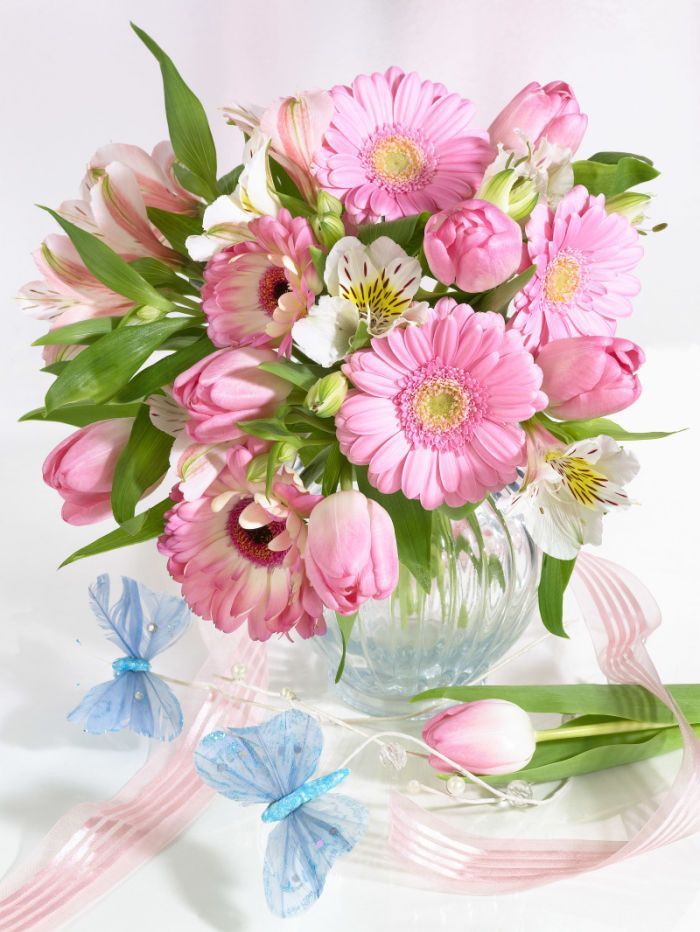
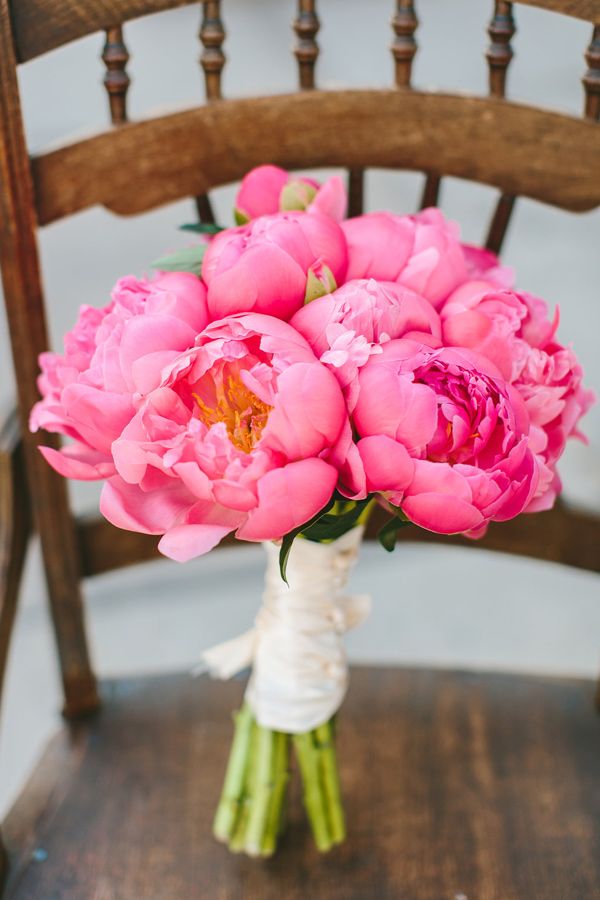
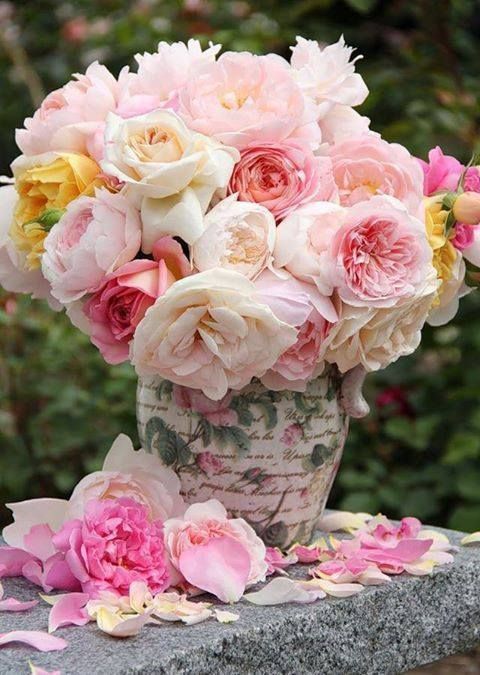
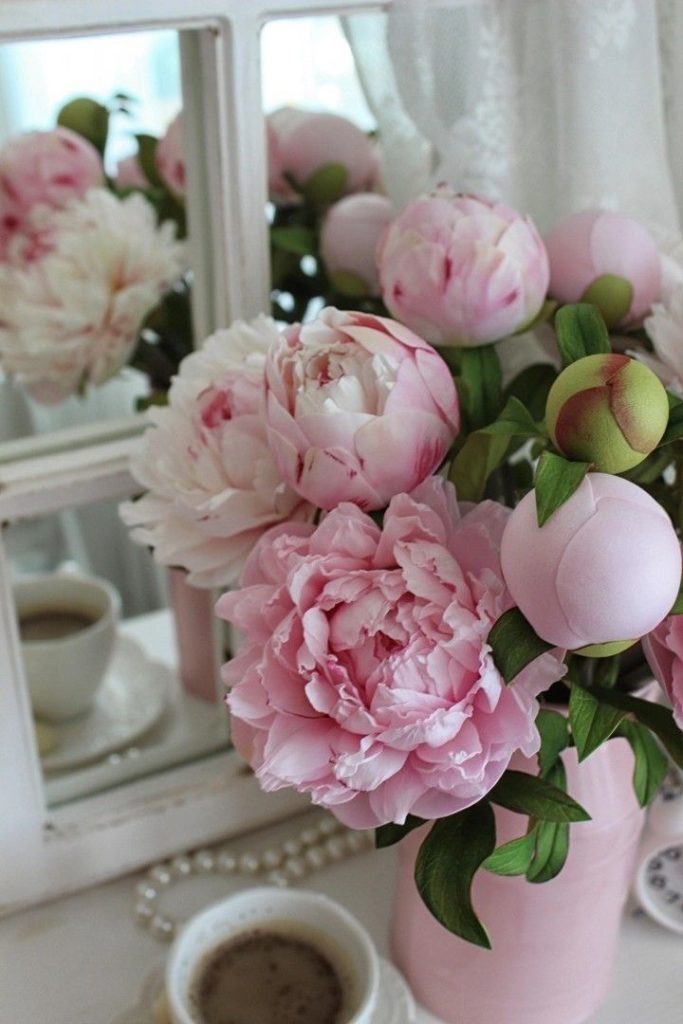
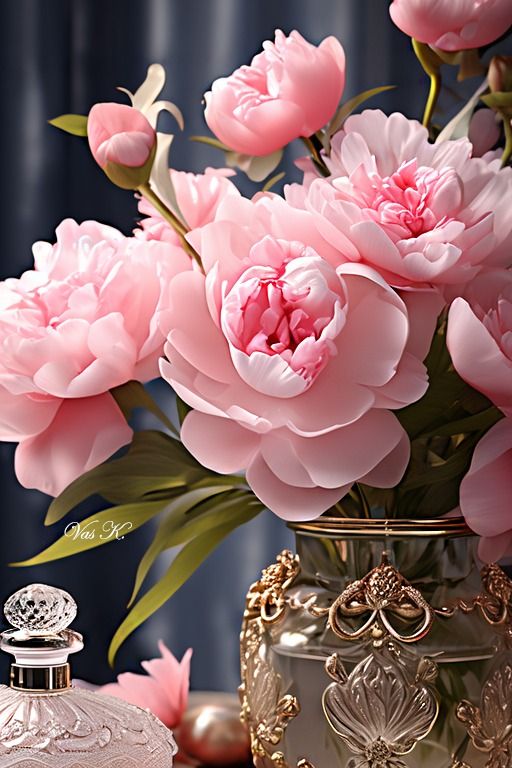
Planning Your Flower Garden Design
- Assess Your Space: Begin by evaluating your outdoor space to determine the size, shape, and environmental conditions of your garden area. Consider factors such as sunlight exposure, soil quality, and existing landscaping features.
- Define Your Objectives: Clarify your goals and objectives for the flower garden. Are you aiming to create a tranquil retreat, attract pollinators, or grow your own cut flowers? Identifying your priorities will help guide your design decisions.
- Choose Your Plants: Select a diverse mix of flowering plants that offer a variety of colors, textures, heights, and bloom times. Choose plants that are well-suited to your climate and growing conditions and consider incorporating native species to support local biodiversity.
- Consider Functionality: Think about how you will use your flower garden and incorporate functional elements such as pathways, seating areas, or raised beds. Plan for ease of maintenance by grouping plants with similar watering and maintenance needs together.
Designing for Visual Appeal
- Create Focal Points: Designate focal points within your flower garden to draw the eye and create visual interest. This could be a striking specimen plant, a decorative sculpture, or a colorful garden feature.
- Play with Color: Experiment with color combinations to create visual impact and harmony in your garden design. Consider the color wheel and use complementary or contrasting colors to create drama and excitement.
- Layer Your Plantings: Use a variety of plant heights and textures to create depth and dimension in your flower beds. Arrange plants in layers, with taller specimens at the back and shorter plants at the front, to create a sense of depth and perspective.
- Incorporate Seasonal Interest: Choose plants that offer interest throughout the seasons, including spring blooms, summer flowers, fall foliage, and winter berries or evergreens. Incorporate a mix of annuals, perennials, and flowering shrubs to ensure year-round beauty.
Enhancing Functionality
- Create Pathways: Designate pathways or walkways within your flower garden to provide access and circulation. Use materials such as gravel, stepping stones, or mulch to define pathways and create a sense of structure.
- Add Seating Areas: Incorporate seating areas or outdoor furniture into your flower garden design to create inviting spaces for relaxation and enjoyment. Position seating areas to take advantage of scenic views and focal points within the garden.
- Include Edible Plants: Integrate edible plants such as herbs, vegetables, or fruit-bearing shrubs into your flower garden design to add both beauty and functionality. Edible plants not only provide fresh produce but also attract pollinators and beneficial insects to the garden.
- Provide Wildlife Habitat: Create habitat for wildlife by including features such as bird feeders, bird baths, or native plants that provide food and shelter for birds, butterflies, and other beneficial creatures. Encouraging biodiversity adds to the ecological value of your garden.
Conclusion
Designing a flower garden that combines visual appeal with functionality allows you to create a dynamic and versatile outdoor space that enhances your landscape and enriches your life. By carefully planning your garden design, selecting a diverse mix of plants, and incorporating functional elements such as pathways, seating areas, and wildlife habitat, you can create a garden that not only looks beautiful but also serves a purpose in your outdoor environment. Whether you’re seeking a peaceful retreat, a vibrant gathering space, or a haven for wildlife, a well-designed flower garden can provide you with endless enjoyment and inspiration throughout the seasons.





